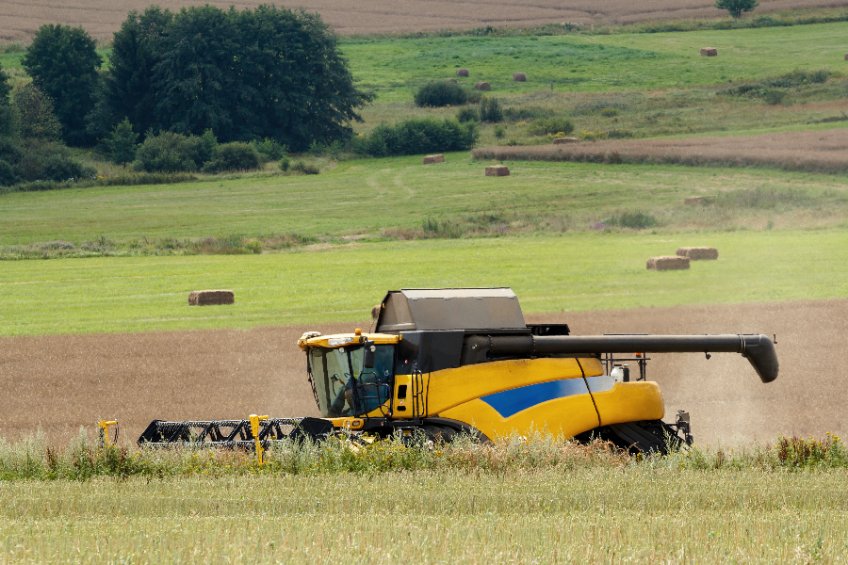
Agricultural profitability in England increased by nearly a fifth last year, according to provisional total income from farming (TIFF) figures.
TIFF in England in 2021 was £4,223 million - an increase of £636 million, or 17.7 percent, from 2020, Defra's figures show.
However, costs for agricultural production inputs, such as animal feed and fertiliser, climbed last year.
Both crop and livestock output in 2021 increased meaning that, although costs increased, TIFF also increased to be the second highest in real terms since 2000.
Total crop output in 2021 was £9,363 million, an increase of £1,693 million (22.1 percent) from 2020.
And total livestock output last year was £10,535 million, a rise of £626 million (6.3 percent).
Defra's report shows that agriculture is a significant contributor to the English economy. In 2021, its contribution was £8,410m - an increase of £817m (10.8%)
The largest crop contribution to TIFF in England in 2021 was wheat, contributing £2,462 million, a rise of 76.2 percent on 2020.
The value of wheat in 2020 was exceptionally low due to poor planting conditions at the end of 2019, the report says, which resulted in the lowest wheat production in the UK this century.
2019 was a more standard year and, when comparing 2021 to 2019, the value of wheat is only 8.5 percent higher.
The main cause for the increase in wheat value was the increase in price which, on a UK level, increased by 20 percent.
While the volume of wheat production was up from 2020, it fell in comparison to production in the more typical 2019 year.
The largest livestock contribution to TIFF in England in 2021 was milk, contributing £3,022 million. The value of milk was £120 million higher than in 2020.
This increase was due to an increase in the price of milk by 2.5p per litre (in the UK) from 2020. In previous years, milk prices have followed a seasonal pattern of rises and falls throughout the year.
However, in 2021 milk prices generally increased throughout the year, with December 2021 seeing the first price increase from November to December since 2016.
The report’s authors said the biggest expense recorded in the latest TIFF figures was animal feed.
In 2021 the volume of compound animal feed used increased across most sectors, resulting in a 7.4 percent increase in volume in the UK.
This increase in volume was coupled with a 14.1 percent increase in price due to higher prices of raw materials.
The biggest value change in expenses from 2020 was also in animal feed, increasing by £857 million, while the second biggest change was in fertilisers, which increased by £387 million.
This increase in the cost of fertilisers was driven mainly by price, which increased by 46.3 percent across the UK. Volume only increased by 4.5 percent.
